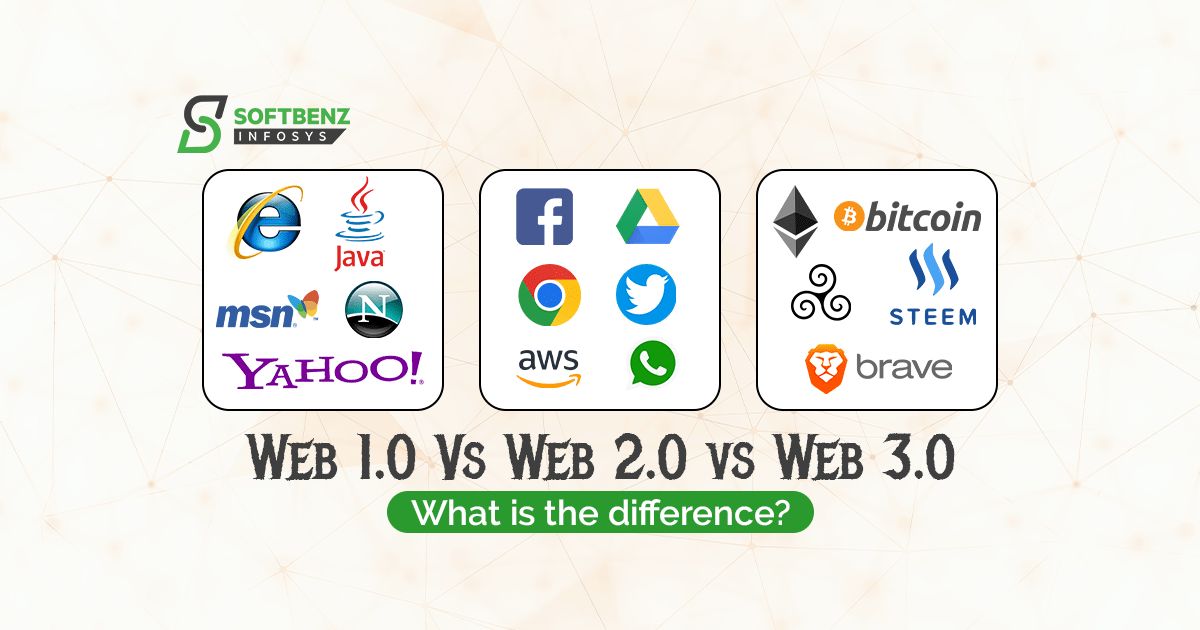Visual storytelling techniques you should utilize in your content
There was a time when the text was the only form of content on thinternet. Then came images; now, it is the era of visual content. Similarly, there was also a time when people used the internet purely for information. But this is not enough anymore as internet users seek engagement along with information. Internet users want information that is engaging and, to some extent, entertaining. This makes content creation extremely challenging, but is there any solution? Yes, and it is called visual storytelling!
But what even is storytelling?
What is visual storytelling?
Visual storytelling is a technique where the content creator uses graphics and images to tell a story. The graphics include simple images, motion graphics, paintings, animations, and even games.
Here the most challenging part is not creating these graphic designs but rather integrating them into the story. That said, if you can integrate graphical elements into the story, visual storytelling is one of the best methods to provide information while keeping viewers engaged.
Sure, this will be a big challenge to content writers and creators, but this method is effective. In addition to this, using visual storytelling is a great way to integrate graphics designers with content writers and digital marketers/ social media markers/ content marketers.
However, just because Visual Storytelling can be used doesn't mean it should be used recklessly. There are a few techniques that work better than others.
7 best visual storytelling techniques to use in your storytelling
Storytelling is hard, especially if the story you are about to tell is all about providing information. You need to keep your audience engaged in these stories and provide information simultaneously. But you can make this process easier with visual storytelling.
Visual storytelling turns your story from a mundane text to an exciting image-filled world of colors. Visual storytelling techniques should be essential to your content as people progress into visual content. But what are the techniques that you can integrate into your content to make them better?
1) Visual Hierarchy
Visual hierarchy is one of the simplest techniques graphic designing experts and digital marketers/ content marketers use to highlight the important aspects of a graphical representation. The technique is simple - all you need to do is put the important aspects at the front and leave the unimportant aspects at the rear.
You can use this technique for just about everything - not just visual storytelling. Simply put, the important images/ graphical elements at the front are where people can easily focus, making it easier for your viewers.
2) Tell the entire story
Besides visual hierarchy, another technique you can use in your visual storytelling is simply showing the entire story visually. That said, we don't mean to rely entirely on graphics for your content. Unless your content is composed of video, animation, motion graphics, or games, you don't need to show A to Z of your story graphically. As long as you show the core plot/point, including the beginning and conclusion, it will be considered as telling the entire story.
Telling the entire story graphically is a good way to keep you engaged while providing the entire context quickly. Doing this will provide your viewer with two options: read the complete content or just watch the graphics to get the core concept/ plot of your visual story. The best part -both of these options are equally good for various reasons.
3) Use Heros
One of the more interesting techniques in visual storytelling is the use of heroes. By heroes, we do not mean someone with a superpower that saves the world at the end of the day. We simply mean a character that your viewers can relate to. Think about it for a second - would you read a story that follows the journey of a person/character that you can relate to, a story of someone in a completely different world who doesn't share a shred of similarity with you?
The hero doesn't need to be a character - it can simply be an event or a situation your target audience can relate to when you tell your story. Build a narrative around a character or a situation your viewers can relate to; they can emotionally connect with the situation you are presenting. This, in turn, engages your audience better, which is exactly what you require.
4) Show, Don't tell
The show doesn't tell among the most important elements of storytelling and is not exclusive to visual storytelling. The premise of this element is - to let your character or a situation explain the plot to your viewers rather than long elaborative words. While using this technique is hard when telling a story through text, remember that you are a visual storyteller with the power of graphics.
A picture is worth a thousand words, and it is easier to show many story elements through your visuals. At the same time, you should also note that if your hero can show aspects of the story through their actions, let their actions do the talking. For a viewer, it is always refreshing to skip the tedious explanations of things if they can.
5) Use light and Color psychology
Before we elaborate on this, let us ask you a question - what do you feel when you see a red circle on a black background? Most of you probably answered with "a sign of danger?" or "a flag of some dark country?"
Does it mean anything? Well, in this context, no - but the point is you can use colors to represent different things. Although each person has their interpretation of colors, bright and vibrant colors generally signify something happy, and jolly dark and muted colors signify sadness or dullness. At the same time, bright lights generally represent safety, while darkness is all about mystery, danger, or emptiness.
You can use light and color psychology in many ways, and depending on the context, you can even create your own meanings of color when you tell stories.
P.s Did you know that many marketing strategy and branding has color and light psychology as their core aspect? The green you see on this website is also a part of it.
6) Plan well and make the content for the web
At this point, we probably do not need to say that you should always start with a plan before you create any form of content, including visual stories. Although going with the flow is valid for storytelling - they usually result in long stories, and the required effort increases as time passes. At the same time, this is not suitable for visual storytelling or online content.
If you are writing a novel, it is valid to just go with the flow. However, when you are using graphics to tell a story, you are usually aiming for viewers on the web - not on PDF or in printed format. Therefore, a concise visual story is the best option for you, and making a plan before you start is a great way of ensuring this.
Honorable mentions and conclusion
As you may have guessed, this list is not an all-inclusive list of the best visual storytelling techniques. Rather they are just the ones that work well and are relatively easy to grasp. There are many other techniques that you can use, with some honorable mentions being:
- Show data visually if you have them
- Portray dynamic movement
- Use movement to attract or distract the viewer
- Be Ambitious
- Optimize video for web
- Keep mobile-friendliness in mind
Although the visual story techniques we mentioned here are some of the best, you don't need to follow them strictly. You can use your creativity to combine them as you please. It is your visual story, after all!
We hope you found this interesting. And as always, thank you for reading till the end. \\
FAQ
Q: What are the five core elements of visual storytelling?
A: The five core elements of visual storytelling are typography, colors, iconography, data visualization, and image.
Q: What is visual storytelling important?
A: Visual storytelling is important because it can help make complex stories easier and simpler to understand while at the same time providing more impact.
Q: What makes a good visual story?
A: A good visual story is one that can capture and retain the attention of the audience while providing adequate information.




Comments (0)
Leave a Reply
Your email address will not be published.